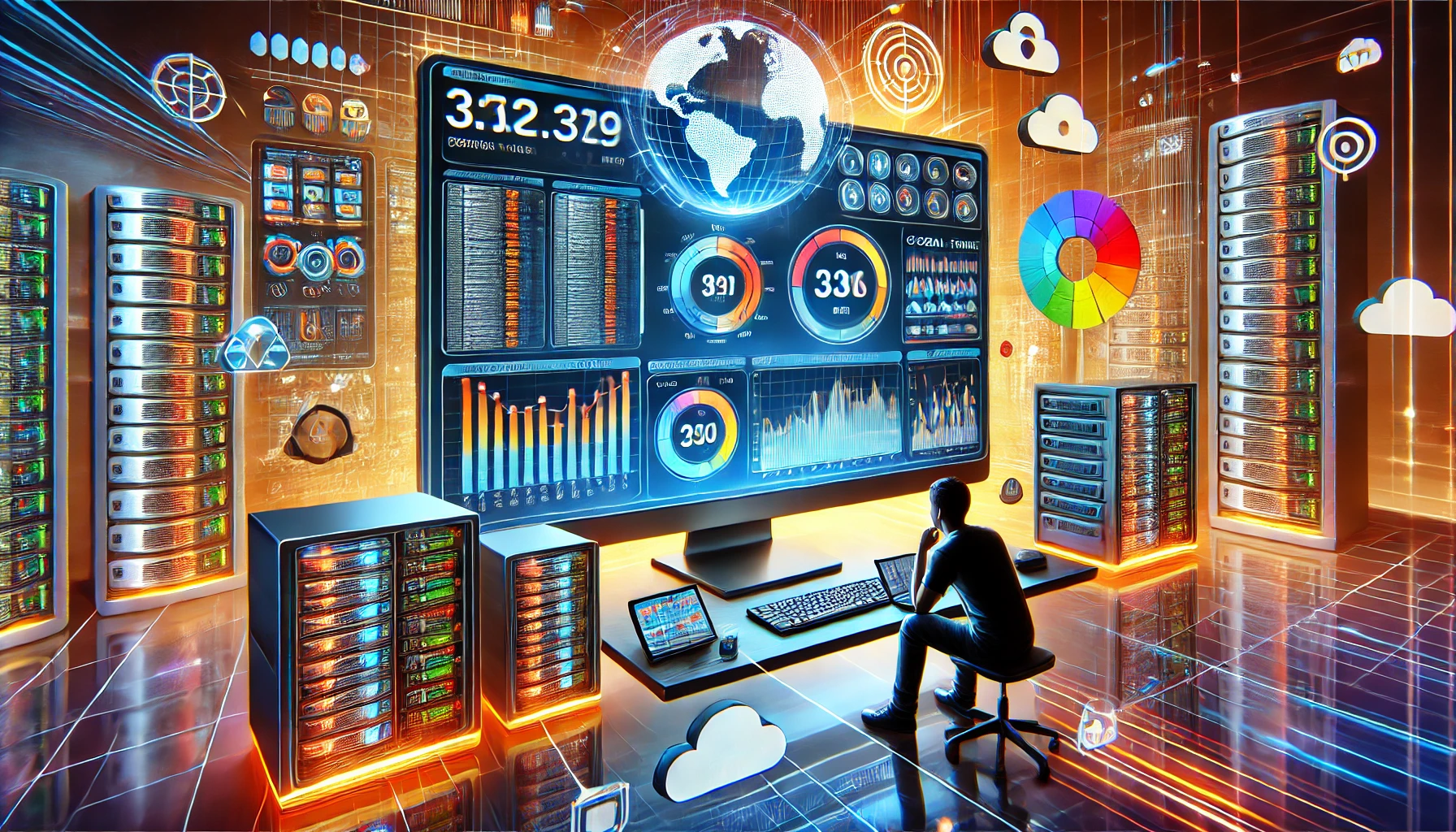For companies of all sizes, ensuring optimal server performance is essential in today’s quickly changing digital world.
The foundation of every IT infrastructure is its servers, which must be kept healthy and up to date to prevent interruptions, data loss, or worse, a total shutdown of operations.
Real-time server health monitoring, however, may be a difficult undertaking, especially for companies without specialized IT departments. This is where third-party remote server health monitoring enters the picture, providing a dependable, effective, and preemptive server management solution.
Significance of Remote Server Health Monitoring
The increasing dependence of enterprises on digital platforms raises complexity of IT infrastructure management. The fundamental components of these systems, the servers, need to be monitored constantly to make sure they are running well.
Conventional monitoring techniques frequently fall short since they might not identify problems in real time, which could result in failures or downtime. This gap is filled by remote server health monitoring, which offers continuous, real-time insights into server performance and enables prompt response when problems emerge.
Remote server health monitoring entails contracting with specialist vendors to handle server health management. These providers keep an eye on the server’s performance parameters, including CPU, memory, disk space, and network activity, using sophisticated tools and software.
These tools can also identify abnormalities and generate alerts for possible breakdowns to enable proactive preventive measures.
Advantages of Real-Time Monitoring:
1. Proactive Issue Detection:
Real-time monitoring allows for the prompt identification of server problems, in contrast to conventional monitoring techniques. By taking a proactive stance, issues may be resolved quickly, reducing the disruption to business operations.
2. Skill and Cutting-Edge Instruments:
Third-party suppliers frequently have access to the newest technology and server administration know-how. They provide a degree of expertise that would not be possible to obtain internally, guaranteeing that your servers are in capable hands.
3. Constant Surveillance:
Issues with servers don’t follow a 9–5 routine. By providing round-the-clock surveillance, third-party monitoring services guarantee that your servers are safe at all times, including beyond typical business hours.
4. Flexibility:
Your demands as a server develop along with your business. With the ease of scaling to fit your growing infrastructure, third-party monitoring services offer reliable monitoring without requiring more internal resources.
Automation and AI’s Importance in Monitoring
One notable development in the subject is the use of AI and automation into remote server health monitoring. Massive volumes of data can be analyzed in real-time by AI-driven monitoring systems, which can also spot trends and anticipate possible issues before they happen. This process is further improved by automation, which makes it possible to take quick corrective action without requiring human participation, such restarting a server or reallocating resources. This AI and automation combo decreases the possibility of human mistake while also speeding up reaction times.
Selecting the Best Third-Party Monitoring Company
A number of considerations must be made when choosing a third-party service for remote server health monitoring:
- Reputation and Experience: Seek out suppliers who have a solid track record in the field and a great deal of server monitoring experience.
- Technology and Tools: To provide the finest service, make sure the supplier employs the newest technology and monitoring tools, such as automation and artificial intelligence (AI).
- Support and Reaction Time: In order to handle any potential problems, the supplier must have quick reaction times and give round-the-clock assistance.
- Customization and Scalability: The supplier must be able to modify their offerings to accommodate your evolving company requirements.
Wrapping Up
Third-party real-time remote server health monitoring is becoming essential for modern enterprises, rather than an extravagance.
Employing the knowledge and cutting-edge technologies of specialist suppliers, businesses can guarantee that their servers stay functional and healthy, reducing downtime and increasing output. Real-time monitoring is essential to any strong IT system and will only become more so as technology develops further.


